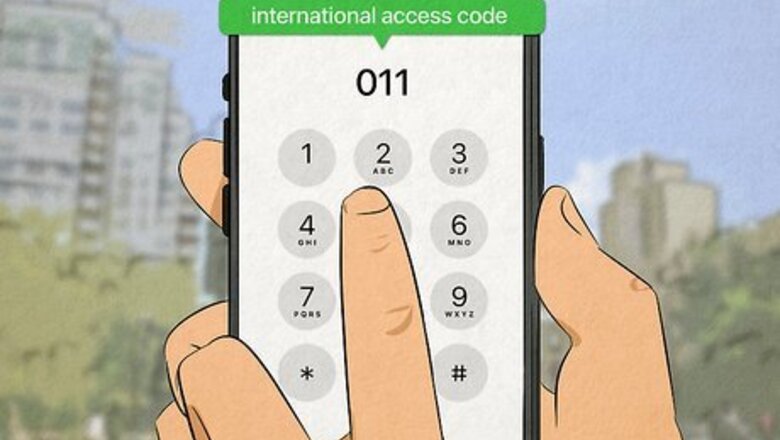
views
- First, dial your country's exit code (011 for the U.S. and Canada).
- Then, dial the country code for the Philippines, which is 63.
- Finally, dial your recipient's 1- to 4-digit area code and 5- to 7-digit phone number.
Dialing a Number in the Philippines
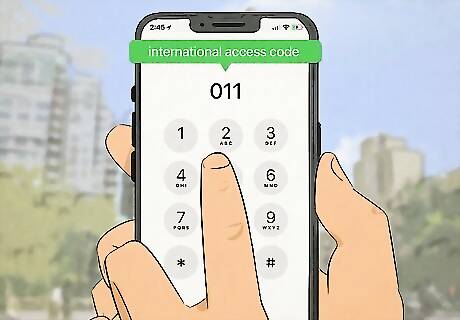
Dial the international access code. Each country will have a set of digits you'll need to dial to indicate that your call is international. This is often called the international access code, but is sometimes called the exit code or International Direct Dialing code. Many countries use either the international access codes 00 or 011. The international access codes of some common countries follow: The United States, Canada, and some parts of the Caribbean use the international code 011. Many countries on the continents of Africa, Asia (including India), Europe, and South America use the exit code 00. Australia uses the exit code 0011. Some countries have special exit codes, such as the Russian Federation, which requires you to dial 8, wait until you hear the dial tone again, and dial 10. Brazil uses different exit codes depending on the network you subscribe to.
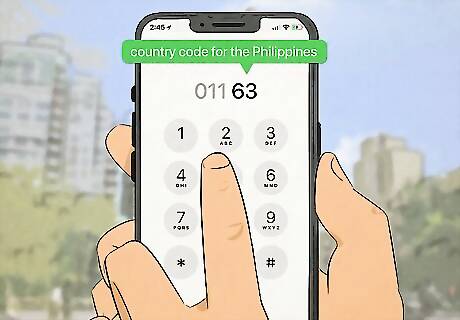
Dial the country code for the Philippines. Each country is represented by a one to three-digit code. For the Philippines, the country code is 63. After dialing your country's exit code, you should press 63 to signal to your network that the number you are dialing is a Filipino one. The country code, unlike your country's exit code, will always be the same. No matter your network or the country you're calling from, the country code for the Philippines will stay the same.
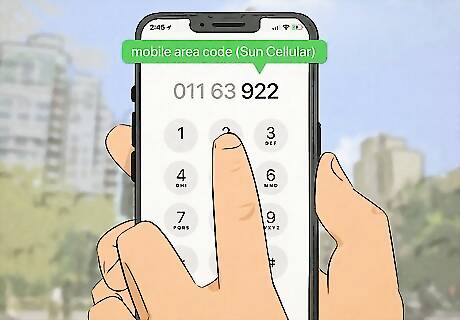
Include a mobile area code when calling a cell phone. You may want to reach your friends or family in the Philippines on their mobile; to do so, you'll need to know their mobile area code. There are many mobile providers in the Philippines, each with its own mobile area code prefaced by the number 9. Some mobile area codes for common carriers include: Globe Telecom or Touch Mobile, area code 905 Smart Telecom or Talk N Text, area code 907 Globe Telecom Postpaid, area code 9178 Sun Cellular, area code 922 Express Telecom, area code 973 For example, a typical number format for a call placed from the US to a Philippine mobile number would resemble 011 – 63 – 9## – ### – ####, with the # sign representing the number you are dialing. In some cases, the area code may be four digits long.
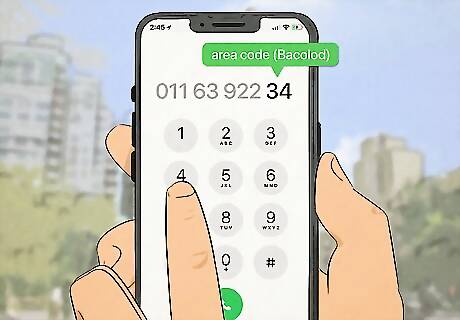
Dial the area code or city code for landline calls. Certain regions in the Philippines have area codes you'll need to dial to connect to the number you are trying to reach. This is generally either a one or two-digit code. Some major Filipino area codes include: 2 for Metro Manila 32 for Cebu 82 for Davao 45 for Angeles 34 for Bacolod NOTE: you can find a complete listing of Filipino area codes by searching online for "area codes in the Philippines."

Dial the telephone number of the person you are calling. Now that you've dialed your country's exit code, the Filipino country code, and the appropriate area code, you can finally enter the number you are trying to connect with. This is normally a seven-digit number. As an example, the number format of a call placed to Metro Manila from the US would look something like 011 – 63 – 2 – ### – ####, where the # sign represents the number you are trying to reach.
Connecting Internationally

Know your network. Making an international call can be extremely expensive on some networks. To prevent an outrageous fee, you should check with your phone provider before making international calls. You may find that for a small fee, you can upgrade your phone package to include more affordable international calling. You should be wary when using prepaid international phone cards to place a call. Some prepaid cards promise you a good rate, but end up costing you more than you'd pay going through your normal network.
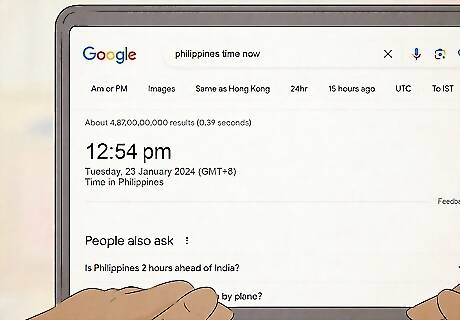
Check the time difference before calling. If you are calling from the central time zone in the United States, the time difference between your location and the Philippines will be 13 hours! To prevent waking your friends or family in the middle of the night, you should check the time difference before making your call. You can easily check the time difference between your location and the Philippines by searching online with the keywords "time difference between [your location] and the Philippines." Or you can calculate the time difference by counting the time zones separating your country and the Philippines. The Philippines follows the standard time zone of UTC/GMT + 8 hours. To get a better feel of what this means with regard to your country, you may want to reference a time zone map.
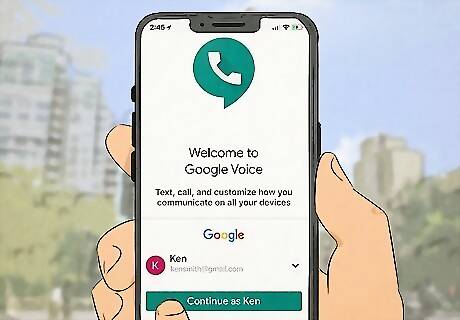
Use an online phone calling service. There are many digital services you might use to connect with whomever you're calling in the Philippines. Some popular ones include Skype, Google Voice, Jitsi, and VoxOx. Some of these services may cost a fee to call a landline or cell phone in the Philippines; you should investigate each to find which works best for your situation. Digital phone calling services are often geared toward an international market, which means these are generally more affordable for international calls. Making a phone call through the traditional route can be expensive.
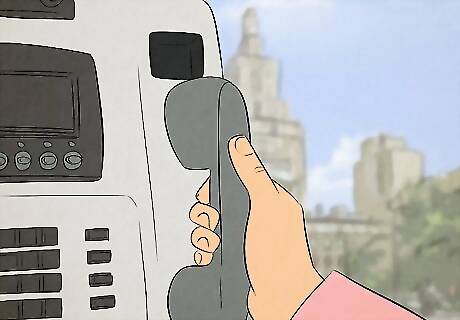
Call internationally on a public phone. A public phone may be your only option if you don't have a cell phone, landline, or Internet access. However, this may cost you as much as 50¢ for every 15 seconds you are on the phone! Because these calls can require a significant amount of coinage, you should consider using a pre-paid phone card. Each country will have a different procedure for dialing an international number. You should consult the company that provides service to the public phone. The name of this company is generally stamped or written on the phone.
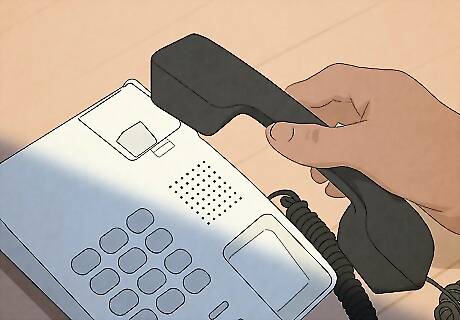
Connect internationally with your cell or landline phone. These two options are the most popular for making a call, although that does not mean these are the best options for you. In some countries, on some networks, it can be extremely costly to call internationally. In this case, you may want to forego using your cell or landline and use a digital service or public phone instead.



















Comments
0 comment